
In music, a single is a type of release, typically a song recording of fewer tracks than an LP record or an album. One can be released for sale to the public in a variety of formats. In most cases, a single is a song that is released separately from an album, although it usually also appears on an album. In other cases a recording released as a single may not appear on an album.

Saturday Night Fever is the soundtrack album from the 1977 film Saturday Night Fever starring John Travolta. The soundtrack was released on November 15, 1977. Prior to the release of Thriller by Michael Jackson, Saturday Night Fever was the best-selling album in music history, and still ranks among the best-selling soundtrack albums worldwide, with sales figures of over 40 million copies.

Private Dancer is the fifth solo studio album by Tina Turner. It was released on May 29, 1984, through Capitol Records and was her first album released through the label.
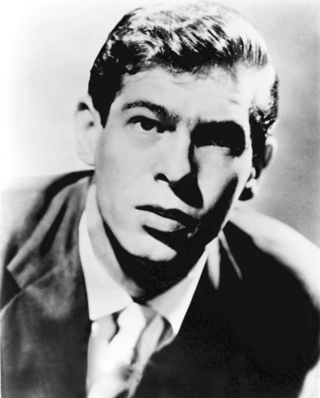
John Alvin Ray was an American singer, songwriter, and pianist. Highly popular for most of the 1950s, Ray has been cited by critics as a major precursor to what became rock and roll, for his jazz and blues-influenced music, and his animated stage personality. Tony Bennett called Ray the "father of rock and roll", and historians have noted him as a pioneering figure in the development of the genre.

You Can Dance is the first remix album by American singer and songwriter Madonna. It was released on November 17, 1987, by Sire Records. The album contains remixes of tracks from her first three studio albums—Madonna (1983), Like a Virgin (1984) and True Blue (1986)—and a new track, "Spotlight". In the 1980s, remixing was still a new concept and technology, by which a particular vocal phrase could be endlessly copied, repeated, chopped up, transposed up and down in pitch and give them more echo, reverberation, treble or bass. Madonna became interested in the concept, noting that she hated when others remixed her songs and wanted to do it by herself.
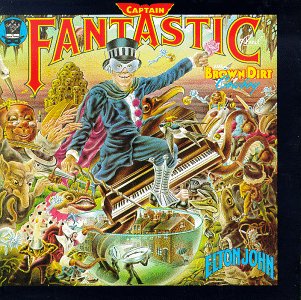
Captain Fantastic and the Brown Dirt Cowboy is the ninth studio album by English musician Elton John. The album is an autobiographical account of the early musical careers of Elton John and his long-term lyricist Bernie Taupin. It was released in May 1975 by MCA Records in America and DJM in the UK and was an instant commercial success. The album was certified gold before its release, and reached No. 1 in its first week of release on the US Billboard 200, the first album to achieve both honors. It sold 1.4 million copies within four days of release, and stayed in the top position in the chart for seven weeks.
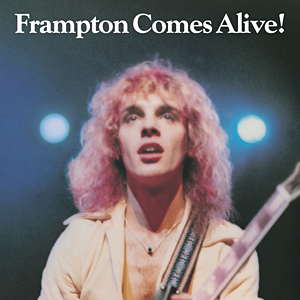
Frampton Comes Alive! is the first double live album by English rock musician Peter Frampton, released in 1976 by A&M Records. It is one of the best-selling live albums. "Show Me the Way", "Baby, I Love Your Way", and "Do You Feel Like We Do" were all released as singles; all three reached the Top 15 on the US Billboard Hot 100, and frequently receive significant amount of airplay on classic rock radio stations. Following four solo albums with little commercial success, Frampton Comes Alive! was a breakthrough for Frampton.
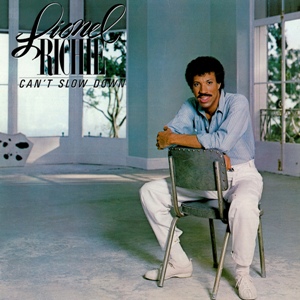
Can't Slow Down is the second solo studio album by American recording artist Lionel Richie. It was released on October 11, 1983, by Motown Records. It has been certified Diamond by the RIAA, selling over 10 million copies in the United States and over 20 million copies worldwide, making it Richie's best-selling album, and one of the best-selling albums of the 1980's.
"Don't Let the Stars Get in Your Eyes" is a country song about a man away from home who is worried that his paramour may unwittingly stray from their relationship. The song was recorded in many different styles by many artists. It was written by Winston L. Moore and published in 1952. Perry Como's recording of the song became a No. 1 hit in both the US and UK.

The Voice of Frank Sinatra is the first studio album by American singer Frank Sinatra, released on Columbia Records, catalogue C-112, March 4, 1946. It was first issued as a set of four 78 rpm records totaling eight songs, the individual discs given Columbia 78 catalog numbers 36918, 36919, 36920, and 36921. The album went to number 1 on the fledgling Billboard chart. It stayed at the top for seven weeks in 1946, spending a total of eighteen weeks on the charts. The album chart consisted of just a Top Five until August 1948. The cover depicted is that of the original 78 rpm release cover, also used on the compact disc reissue.

American vocalist Frank Sinatra recorded 59 studio albums and 297 singles in his solo career, spanning 54 years. Sinatra signed with Columbia Records in 1943; his debut album The Voice of Frank Sinatra was released in 1946. Sinatra would achieve greater success with Capitol and Reprise Records, the former of which he released his final two albums on—Duets and Duets II. Eight compilation albums under Sinatra's name were released in his lifetime, with more albums released following his death in 1998.
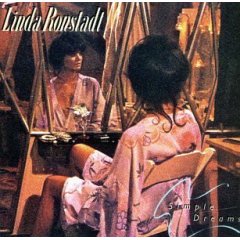
Simple Dreams is the eighth studio album by the American singer Linda Ronstadt, released in 1977 by Asylum Records. It includes several of her best-known songs, including her cover of the Rolling Stones song "Tumbling Dice" and her version of the Roy Orbison song "Blue Bayou", which earned her a Grammy nomination for Record of the Year. The album also contains covers of the Buddy Holly song "It's So Easy!" and the Warren Zevon songs "Poor Poor Pitiful Me" and "Carmelita". The album was the best-selling studio album of her career, and at the time was the second best-selling album by a female artist. It was her first album since Don't Cry Now without long-time musical collaborator Andrew Gold, though it features several of the other Laurel Canyon-based session musicians who appeared on her prior albums, including guitarists Dan Dugmore and Waddy Wachtel, bassist Kenny Edwards, and producer and multi-instrumentalist Peter Asher.

Get Closer is Seals and Crofts's eighth studio album. The title cut made the top 10 on 2 charts in early 1976, reaching #6 in Pop, and #2 in Adult Contemporary. It would be their final top 10 pop hit. "Goodbye Old Buddies" reached #10 on the US AC chart as well and #8 on the Canadian AC chart.

The Buddy Holly Story is the first posthumously released compilation album by Buddy Holly and the Crickets. The album was released on February 28, 1959 by Coral Records less than a month after Holly's death.

Slippin' In is the ninth studio album by Buddy Guy, released in 1994 through Silvertone Records. The album earned Guy the Grammy Award for Best Contemporary Blues Album.
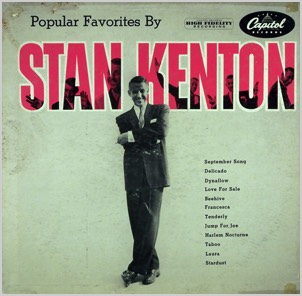
Popular Favorites by Stan Kenton is a compilation album by pianist and bandleader Stan Kenton featuring performances recorded between 1951 and 1953 and originally released as a 10-inch LP and 45 rpm EP on Capitol before being reissued as a 12-inch LP with additional tracks in 1955.
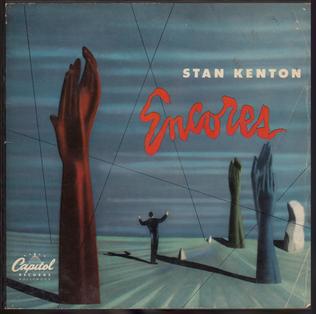
Encores is an album by pianist and bandleader Stan Kenton featuring performances recorded in 1945–47 and originally released on the Capitol label as three 78rpm discs, reissued as a 10-inch LP in 1950, and then as a 12-inch LP in 1955 with additional tracks.

A Presentation of Progressive Jazz is a 1948 jazz album by pianist and bandleader Stan Kenton.

Dee-Lightful is a studio album released by Lenny Dee in 1955 on Decca LP record DL 8114 and 45rpm Extended Play set ED-735.

Four Star Favorites is a compilation album of phonograph records released in 1941 by Artie Shaw and His Orchestra on Victor Records, containing studio recordings by his second, third and fourth orchestras.



















